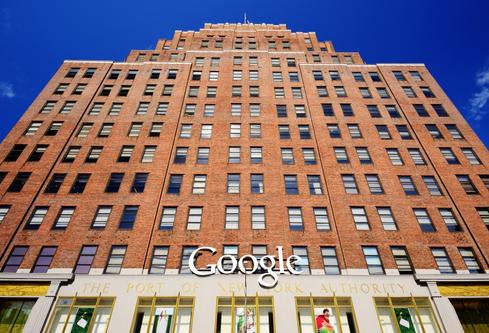Google Begins Alpha Testing Its CDN For Cloud
Google announced the alpha testing of its own Content Delivery Network for the company's cloud computing platform. Google's CDN offering is a direct response to similar services from AWS and Microsoft Azure.


Cloud Vs. On-Premises: 6 Benefits Of Keeping Data Private
Cloud Vs. On-Premises: 6 Benefits Of Keeping Data Private (Click image for larger view and slideshow.)
With limited fanfare and eye towards several major competitors in the cloud market, Google has begun the alpha testing of its own Content Delivery Network (CDN) for the Google Cloud Platform.
The alpha test, which Google detailed in a blog post this month, has limited geographical availability, which the company plans to increase when CDN hits general release. File sizes for the alpha's cached content are also limited to under 4MB.
The company's CDN offering uses Google's "globally distributed edge caches-to-cache HTTP(S) Load Balanced content" which is geographically located as close to the end-user as possible. What this means is that by keeping the caches at the local end of the network, Google's CDN can provide faster delivery of the content since the data is that much closer to the end-user. At the same time, it reduces the load on cloud servers, which also increases delivery.
Customers who are experimenting with the service must use Compute Engine HTTP(S) load balancing in order to access Cloud CDN.
Google explains how it works this way:
When a user requests content from your site, that request passes through network locations at the edges of Google's network, usually far closer to the user than your actual instances. The first time that content is requested, the edge cache sees that it can't fulfill the request and forwards the request on to your instances. Your instances respond back to the edge cache, and the cache immediately forwards the content to the user while also storing it for future requests. For subsequent requests for the same content that pass through the same edge cache, the cache responds directly to the user, shortening the round trip time and saving your instances the overhead of processing the request.
This is a competitive move for the Google Cloud Platform and a direct response to Amazon Web Services, which offers its own product called CloudFront CDN. Microsoft's Azure cloud also has its own CDN.
Google has also partnered with other CDN providers to get CDN delivery. This includes deals with Fastly, CloudFlare, Highwinds, and Level 3.
Venture Beat first noticed the update on Dec. 9.
However, the most affected partner with this program is Akamai. Google and Akamai announced a partnership on Nov. 19 to offer direct connects between the two platforms. It was expected to save up to 66% on Google Cloud Platform egress costs.
At that time Bill Wheaton, executive vice president and general manager of Media Products Division for Akamai, noted in the announcement "As the operator of the world's largest distributed CDN platform, we're collaborating with Google Cloud Platform to ensure that our joint customers can pass traffic directly from Google Cloud Platform to the Akamai CDN, empowering them to take full advantage of their cloud investments."
[Read about Google's Cloud SQL update.]
But with this new service, Google is now a direct competitor for Akamai in the CDN space.
It may well be that Akamai knew of the upcoming plans, (announcing the partnership this close to the alpha announcement, how could they not?) and simply wanted to be involved in some way with GCP, rather than be frozen out completely.
As the competition in the cloud grows, expect to see more of this blurring of functionality services occur. The public web services will grow more alike as they try to fulfill what customers want.
**Elite 100 2016: DEADLINE EXTENDED TO JAN. 18, 2016** There's still time to be a part of the prestigious InformationWeek Elite 100! Submit your company's application by Jan. 18, 2016. You'll find instructions and a submission form here: InformationWeek's Elite 100 2016.
About the Author(s)
You May Also Like







